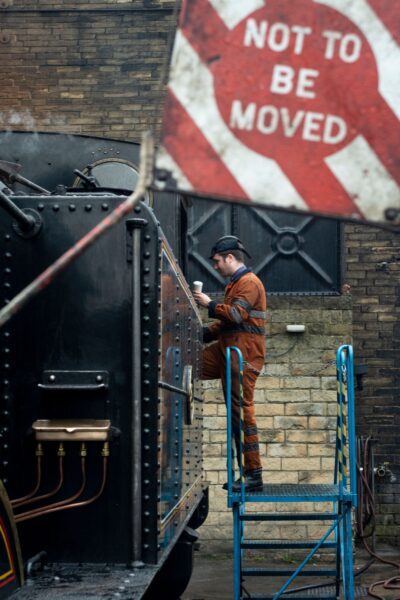Common Space
You're invited into the Common Space, a welcoming place dedicated to supporting LGBTQ+ artists and communities in Bradford.
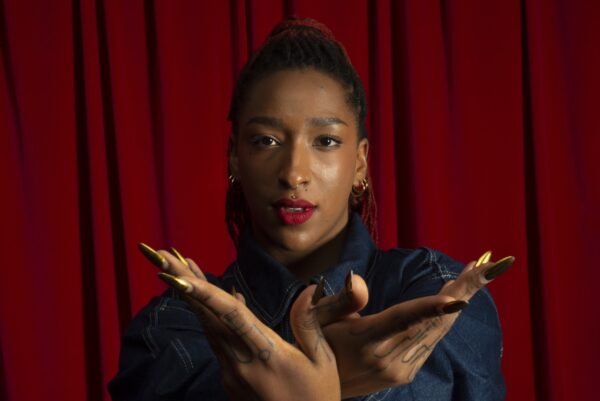
Published: July 11, 2025
Author: Tim Smith
Meet The People of Bradford in our digital series, created in collaboration with renowned documentary photographer Tim Smith.
Tim Smith’s photographs and creative work capture the social and cultural experiences of his subjects. In this unique series, we’re bringing together the lives and stories of real Bradford people with Tim’s captivating images.
These are the people of Common Space – in their own words.

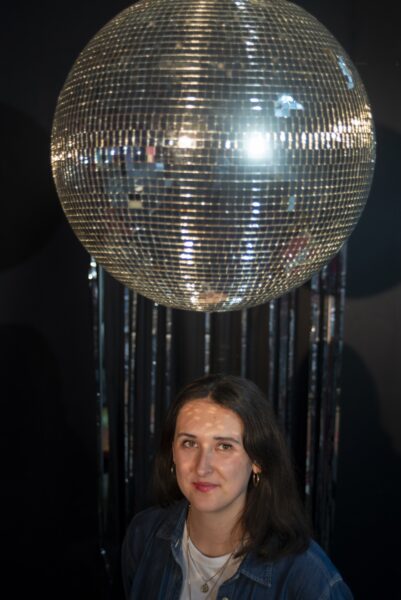
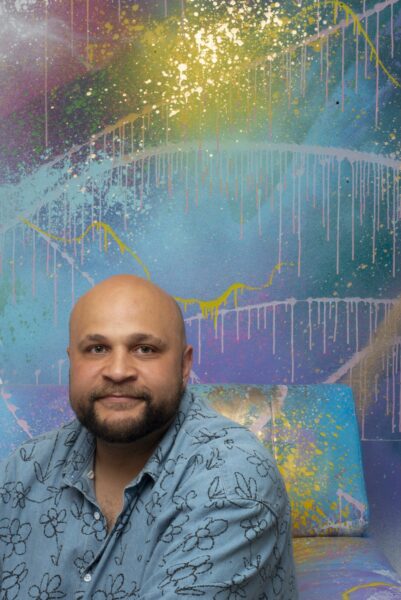
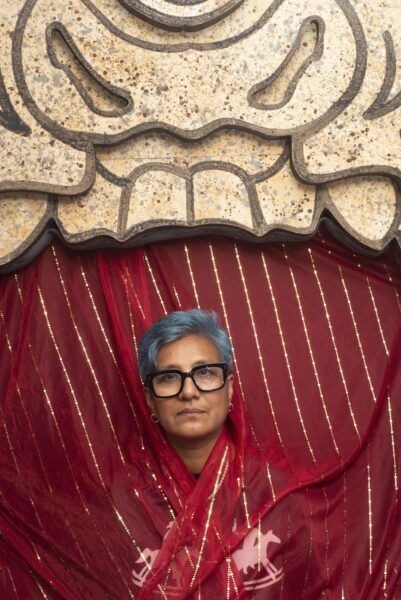
Alice Parsons
We’re in Common Space, in the centre of Bradford, which is a venue where we run events and performances predominately for the LGBTQ+ community.
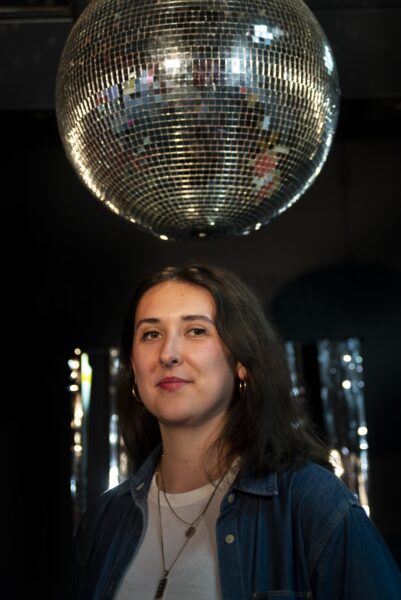
Alice Parsons
I moved to Bradford 8 years ago and for me, finding spaces that were LGBTQ+ friendly, or spaces that I knew I’d find other people from my community, was really important to me. We’ve found some of those places change, or go. Some friends and I were talking about craving physical spaces to be able to get together as LGBTQ+ people: to have fun, to make friends, to build community, to see art. So I think that it’s really important that we have a physical dedicated space for that here.
LGBTQ+ people often have that part of our identities pushed to the forefront out of necessity, it’s about feeling safe and wanting to find one another.
We always say LGBTQ+, and I know people use different versions of that acronym, but it’s been really important to us that the trans community is really imbedded and really celebrated in the work that we do. Although we don’t have many LGBTQ+ spaces generally in this city, it felt like there was a real calling for us to provide a space for our trans siblings, as artists and as audiences. They’ve been a really key part of what we do here.
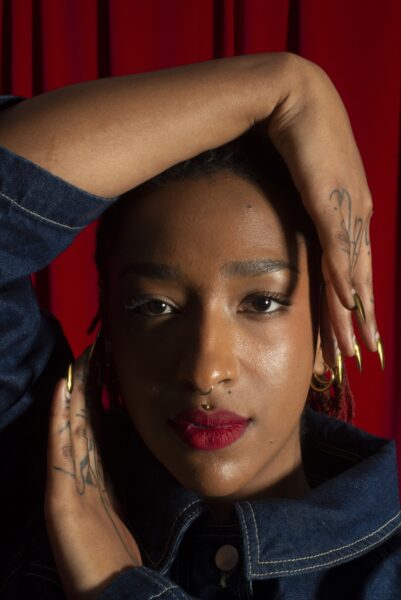
Aisha Akbar
The Common Space is a space for the community to come together, to put together events, to enjoy ourselves and to prioritise queer and people of colour performers and events.
I come as a performer. I started out in Bradford and Leeds as a drag king. For me as a cis woman, being a drag king is a look into my gender exploration. I basically perform as a man, which can involve fake beards, personas, dancing, pop culture references, and celebrities. Most of the time it’s just me, performing and dancing, in front of an audience.
I’ve had the pleasure of performing at Common Space a handful of times. I always have a really good time. The audience here tends to be people that live in Bradford and we’ve experienced a lack of spaces for queer people and queer events. So, it’s usually a room full of people eager to support and participate, and really come together as a community. It’s quite rare, I find it quite special here.
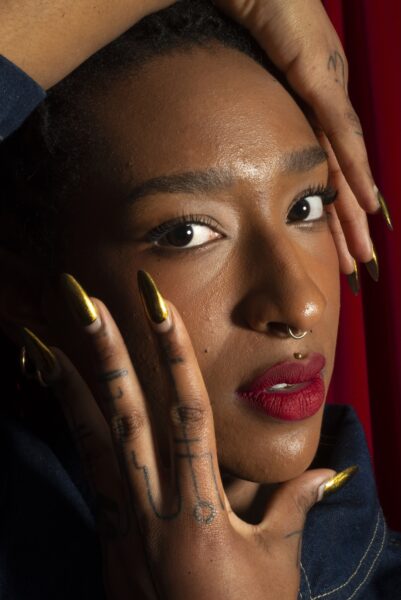
Culture for me, is an equal opportunity for everyone to explore their own passions. When people are allowed to do that, you can see the rich tapestry the culture is supposed to be. When people have limited resources and limited spaces, that’s when culture can be hindered and stifled. It’s about people being able to take their background, amplify that and express it in their own unique way. That’s how culture stays ever evolving and new and fresh.
I think because of spaces like Common Space, people are coming together to cultivate that more and nurture it. The younger generation in Bradford now is really eager for that and realising that it is really necessary for people’s wellbeing.
Ezra Nash
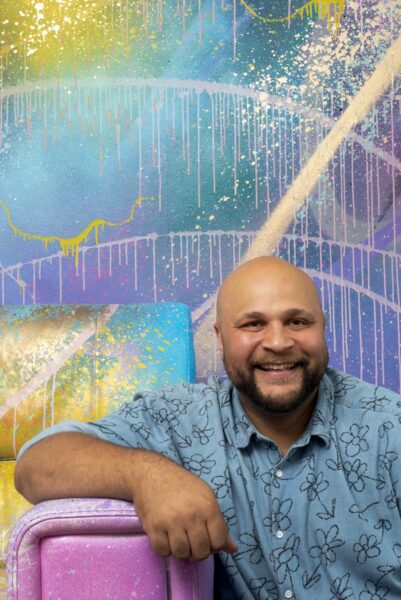
What we consider as a safe space is evolving and changing all the time. Growing up in Bradford, there wasn’t a lot of safe spaces for queer young people apart from some pubs and bars. Whereas now, we’re looking for places for people to feel completely themselves, places more open to the whole spectrum of LGBTQIA+, open to gender identity and neurodiversity as well – all inclusive. Some venues don’t offer that safe space.
There’s room for both, we’re not saying one is better than the other, you just need spaces for everyone, where everyone wants to be themselves. There are pockets of that across Bradford at the moment, but over the next couple of years it will be a missed opportunity if we don’t try to showcase what is going on and try to open it up to more people across Bradford who might not know about the things that are going on.
Norrina Rashid
For me this is a creative space. In more recent times (it’s been run by) Out Out, and the queer aspect of what goes on here, has been really nice. Places like this are quite innovative in Bradford.
For me, last year there was the Queer Film Festival which we got a weekend ticket for and it was really fantastic and this year there was the Bollywood Queer Film Festival, it feels like it’s really growing.
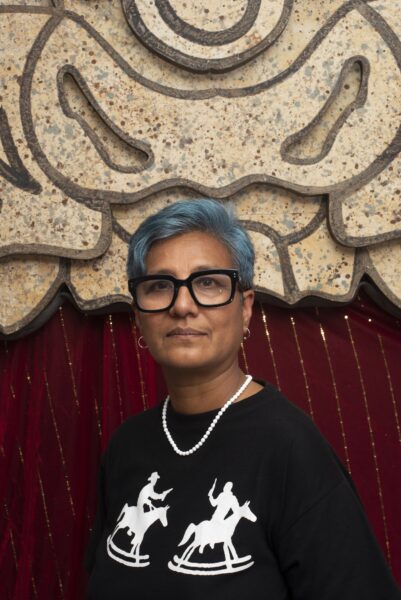
For me, now three years retired, I just went along and enjoyed it, I had no responsibility of making it happen. Me making it happen was being in attendance and being present. It made me feel visible and heard, and I think that’s really important on lots of different levels as a queer person of colour. Visibility for me is the big thing.
My first ever job was as a detached youth worker, working with young black kids, girls and boys, asian and black, in Bradford in the 1980s. Because I wasn’t in the closet, I was myself and there wasn’t any youth workers who were out about their sexuality or gender identity. Because I was me and because I was quite open about my identity, young women related to that and came out to me. The first ever young lesbian group in Bradford was actually a group for asian and black young women.
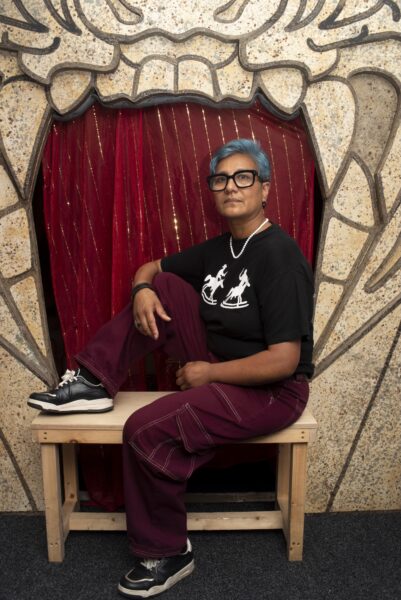
This is what kickstarted my role in looking around and thinking “What is there for these young people?” And there wasn’t anything. As someone who worked to ensure that a service was given to all young people, I aways had my eye on what there was for queer young people of the city. That’s when I started setting up groups and that was the beginning of the journey, to creating youth provision and services for queer young people in Bradford. It’s been a long journey, it’s not been a smooth journey, but yes, things have really changed, the city now has several youth groups.
